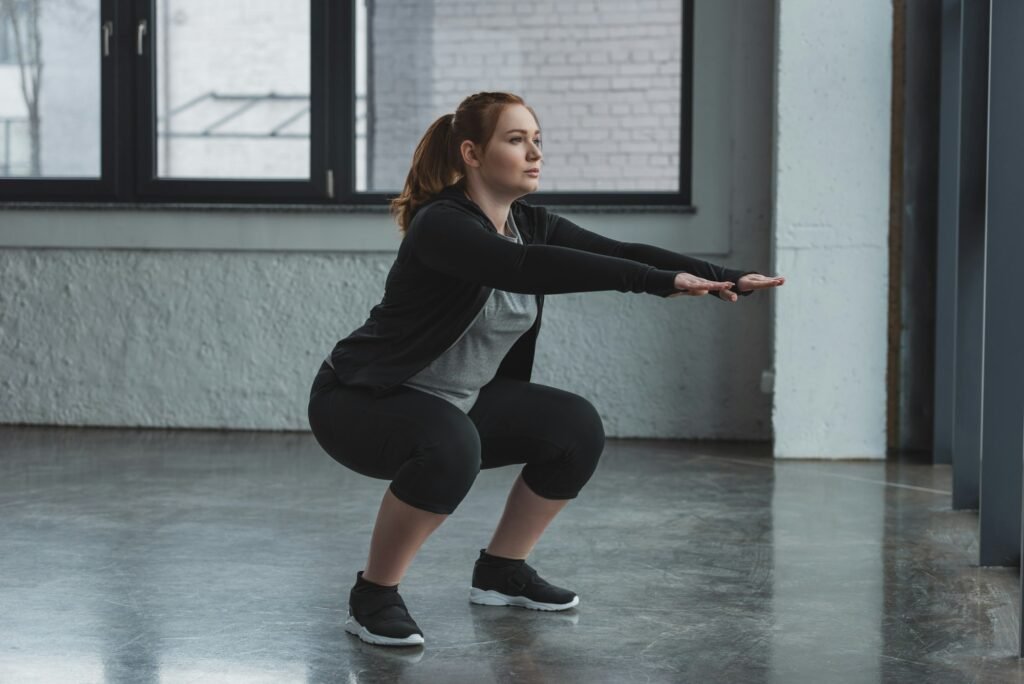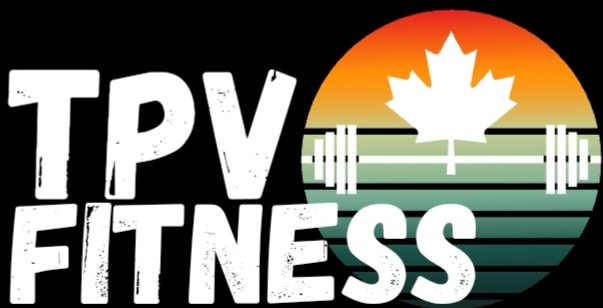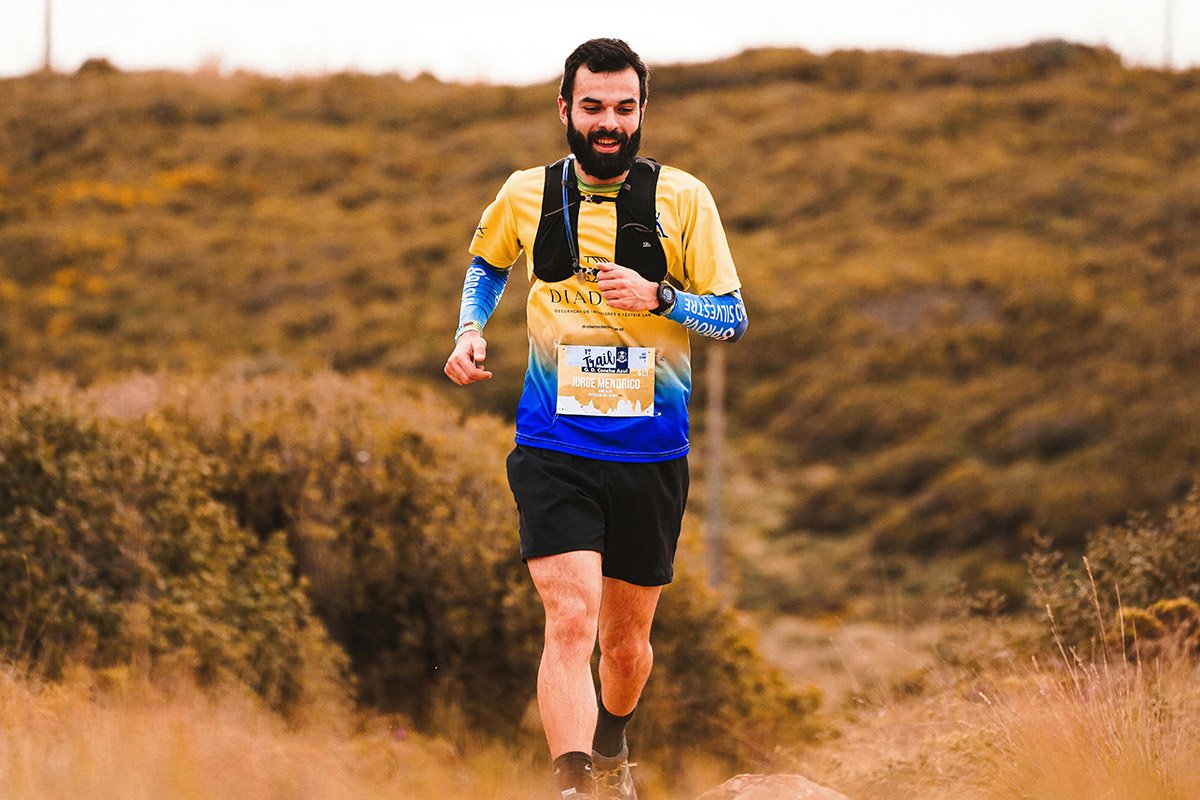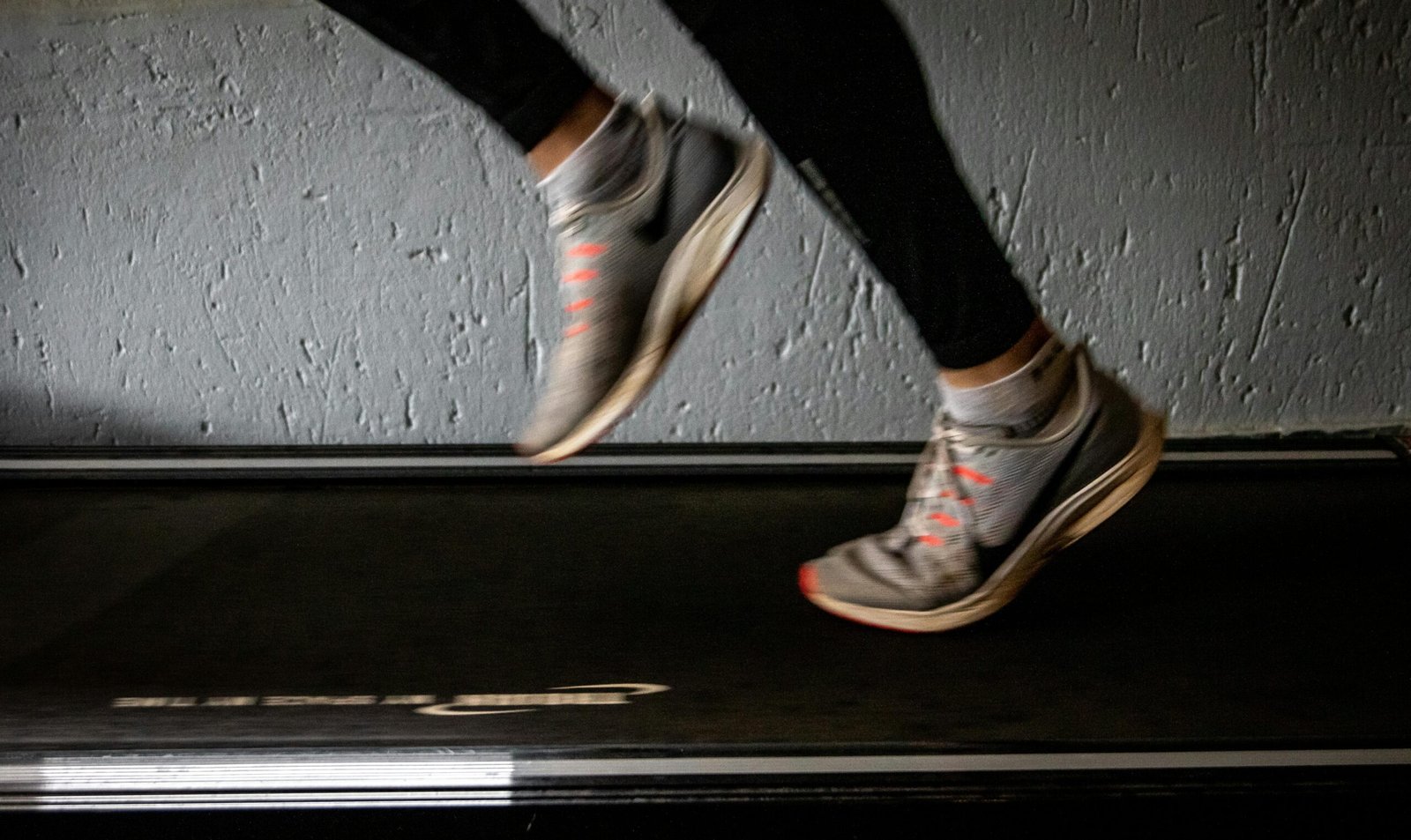TPV FITNESS BLOG

How to Identify and Correct Slight Deviations in Your Squat Based on Your Unique Anatomy
The squat is a cornerstone of functional fitness, and for good reason. Whether you’re lifting weights, training for a sport, or just working on mobility, squatting is a fundamental movement pattern. However, while the squat may seem simple, slight deviations from your body’s natural anatomical structure can lead to imbalances, inefficiencies, and even injuries. Understanding how your anatomy influences your squat form can help you optimize your performance and protect your body.
Why Your Anatomy Matters
Everyone’s body is different, and the “perfect” squat form doesn’t look the same for every person. Factors like limb length, joint structure, muscle imbalances, and even how your bones are aligned affect how you squat. What feels natural for someone else may not be the best for you. Recognizing subtle deviations in your squat pattern can give you clues about how your unique anatomy influences your movement.
Here’s how you can assess these deviations and adjust your squat to suit your body.
1. Assess Your Stance Width
One of the first areas where anatomical differences come into play is stance width. While some people feel comfortable squatting with their feet shoulder-width apart, others may need a wider or narrower stance based on their hip structure.
Deviation to Look For: Knees caving in or excessively bowing out during the squat.
What It Means: If your knees are collapsing inward, you might have tight hip adductors or weak glute muscles. Conversely, if your knees bow outward, it could be a sign of hip joint mobility issues or a mismatch between your stance and your hip anatomy.
Solution: Experiment with different stance widths. Start by squatting with feet slightly wider or narrower than shoulder-width, and monitor how your knees track. Your knees should align over your toes without caving in or splaying outward. Adjust as needed to match the natural position of your hips.
2. Monitor Your Knee and Toe Alignment
Your knees and toes should ideally follow the same direction when you squat. However, if you notice that your knees collapse inward or splay outward, it could be due to anatomical or muscular imbalances.
Deviation to Look For: Knees collapsing inward or outward in relation to your toes.
What It Means: Knee valgus (knees collapsing inward) may indicate weak hip stabilizers, while knee varus (knees bowing outward) might signal an overcompensation for tight hips or ankles.
Solution: Strengthen the muscles around the hips and glutes with exercises like banded squats or side-lying clamshells to help the knees stay aligned. Additionally, focus on mobility exercises for the hips and ankles to ensure proper movement throughout the squat.
3. Check Your Hip and Lower Back Position
Maintaining a neutral spine and proper hip alignment throughout the squat is crucial for avoiding injury and getting the most out of the movement. If you notice that your lower back rounds excessively at the bottom of the squat, commonly referred to as “butt wink,” it could be due to anatomical limitations or mobility issues.
Deviation to Look For: Lower back rounding or overextension during the squat.
What It Means: Butt wink usually occurs due to limited mobility in the hips or tight hamstrings. On the other hand, overextension of the lower back might be a sign of core instability or a lack of hip engagement.
Solution: Improve your hip mobility with stretches like the pigeon pose or deep hip openers. Additionally, strengthen your core and work on bracing your abs throughout the squat to maintain a neutral spine. If you still notice the lower back rounding at the bottom of the squat, try not going as deep to maintain better alignment.
4. Observe Ankle Flexibility
Your ankle mobility plays a huge role in your ability to squat properly. If your ankles are stiff, you may find it difficult to keep your heels on the ground, leading to compensations in your upper body, such as leaning forward.
Deviation to Look For: Heels lifting off the ground or forward-leaning torso.
What It Means: Limited ankle dorsiflexion could be the culprit. When your ankles can’t flex properly, your body compensates by either shifting weight forward or limiting the depth of your squat.
Solution: Incorporate ankle mobility exercises, such as calf stretches and ankle dorsiflexion drills. You can also elevate your heels slightly by using a small plate or wedge under your feet to improve your range of motion while working on long-term flexibility.
5. Pay Attention to Torso Positioning
Your torso position during a squat is another key factor affected by your body’s anatomy. While some people can maintain a more upright torso, others may naturally hinge forward more due to the length of their torso and femurs (thigh bones).
Deviation to Look For: Excessive forward lean or overly upright posture.
What It Means: If you’re leaning forward too much, it could be due to limited ankle mobility or weak core muscles. On the flip side, trying to remain too upright, especially with longer legs, could lead to strain on your lower back.
Solution: Focus on engaging your core throughout the squat and maintaining an appropriate torso angle for your body type. Using a high-bar position (with the barbell placed higher on your shoulders) may help you stay more upright, while a low-bar position can allow for a slightly more forward lean if that feels more natural for your anatomy.
Embrace Your Unique Squat Form
There is no one-size-fits-all approach to squatting. Your anatomy—whether it’s limb length, joint structure, or muscle imbalances—plays a significant role in how your squat looks and feels. By paying attention to subtle deviations, such as knee alignment, hip positioning, and torso angle, you can tweak your squat form to match your body’s natural structure. This personalized approach will not only make your squats more efficient but also help prevent injuries and improve your overall strength and mobility.
Take the time to assess your squat form, experiment with different adjustments, and, if needed, consult with a trainer or physical therapist. By doing so, you’ll be squatting in a way that works for your body—maximizing performance while minimizing risk.
Happy squatting, and remember: The best squat for you is the one that works best with your anatomical structure.
Coach Steph.


